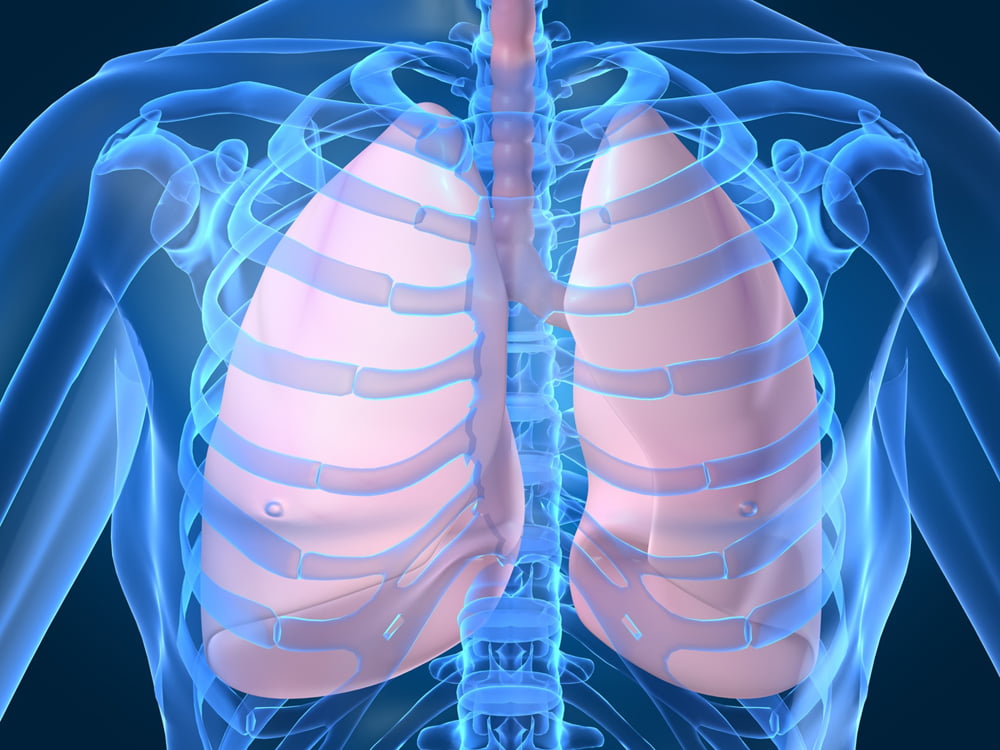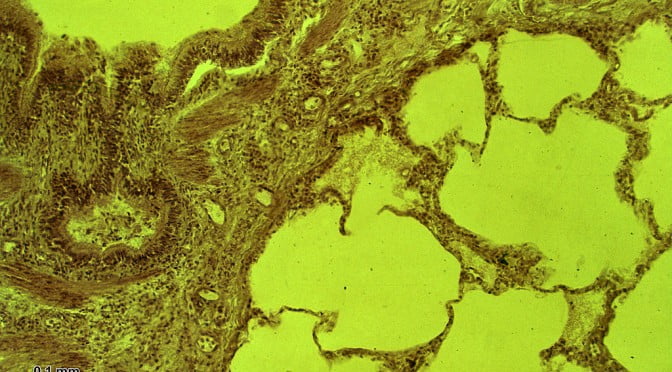Air pollution is one of the leading causes of lung cancer and respiratory diseases, responsible for one in eight global deaths, according to the World Health Organisation.
However, researchers will soon be able to develop new treatments for such diseases with a life-sized, artificial human lung created at the Technion-Israel Institute of Technology in Haifa, Israel. It is the first diagnostic tool for understanding in real time how tiny particles move and behave in the deepest part of the human lungs, the alveolar tissue. The patented platform could provide a better understanding of the health risks associated with airborne pollution, and could be used for the evaluation and design of drugs for the respiratory system.
Inhaled particles, known as aerosols, are tiny particles that exist naturally in the atmosphere, but can also come from industrial and transportation areas. Although they are just a few microns in size – one hundredth of the size of a grain of sand – when inhaled, these particles may interfere with the activity of the body’s organs, including neurons in the brain, and in some extreme cases can lead to the onset of lung cancer.
SEE ALSO: Following Israel’s Most Devastating Sandstorm, Eyes Are On Air Pollution App BreezoMeter
“This is the first diagnostic tool that enables quantitative monitoring of the dynamics of aerosols at such small scales,” said lead researcher Professor Josue Sznitman of the Faculty of Biomedical Engineering. “It gives us the ability to directly observe airborne particle trajectories and their patterns of deposition in the alveoli in real time.”
Creating an artificial lung
Monitoring the movement of aerosols in the respiratory system, and especially how they are deposited in alveolar tissue, has long posed a challenge for researchers. This is due in part to their tiny size, and because their movement is affected by airflow, gravity and other forces. Another factor that makes it hard to map the movement of aerosols is the complex structure of the alveolar tissue, which contains hundreds of millions of tiny air sacs interconnected by dense texture of narrow ducts. For this reason, it is impossible to study the movement of these particles in vivo, and researchers have had to rely on animal-models or computer simulations.
Sign up for our free weekly newsletter
SubscribeSEE ALSO: Israeli Researchers Could End Animal Testing
The walls of the artificial lung system provide a realistic simulation of a human lung. They expand and contract, similar to the actual respiratory system, making it possible to understand the behavior of both ‘bad’ inhaled particles, such as pollution, and ‘good’ particles that are administered as medication to the alveoli. The model could also reduce the need for animal testing in future studies of the respiratory system.
According to its designer and builder Dr. Rami Fishler, also of the Technion Faculty of Biomedical Engineering, “the model consists of technologies similar to those used to manufacture computer chips, and comprises a branched network of minute air ducts approximately one-tenth of a millimeter wide, with craters simulating the alveoli.”
Such models will not only accelerate research on pollution and its effects on the lungs, but may also pave the way for the engineering of future artificial organs.
The results of the Technion study were published recently in Scientific Reports.
Photos: Technion
Related posts

Israeli Medical Technologies That Could Change The World

Harnessing Our Own Bodies For Side Effect-Free Weight Loss

Missing Protein Could Unlock Treatment For Aggressive Lung Cancer






Facebook comments